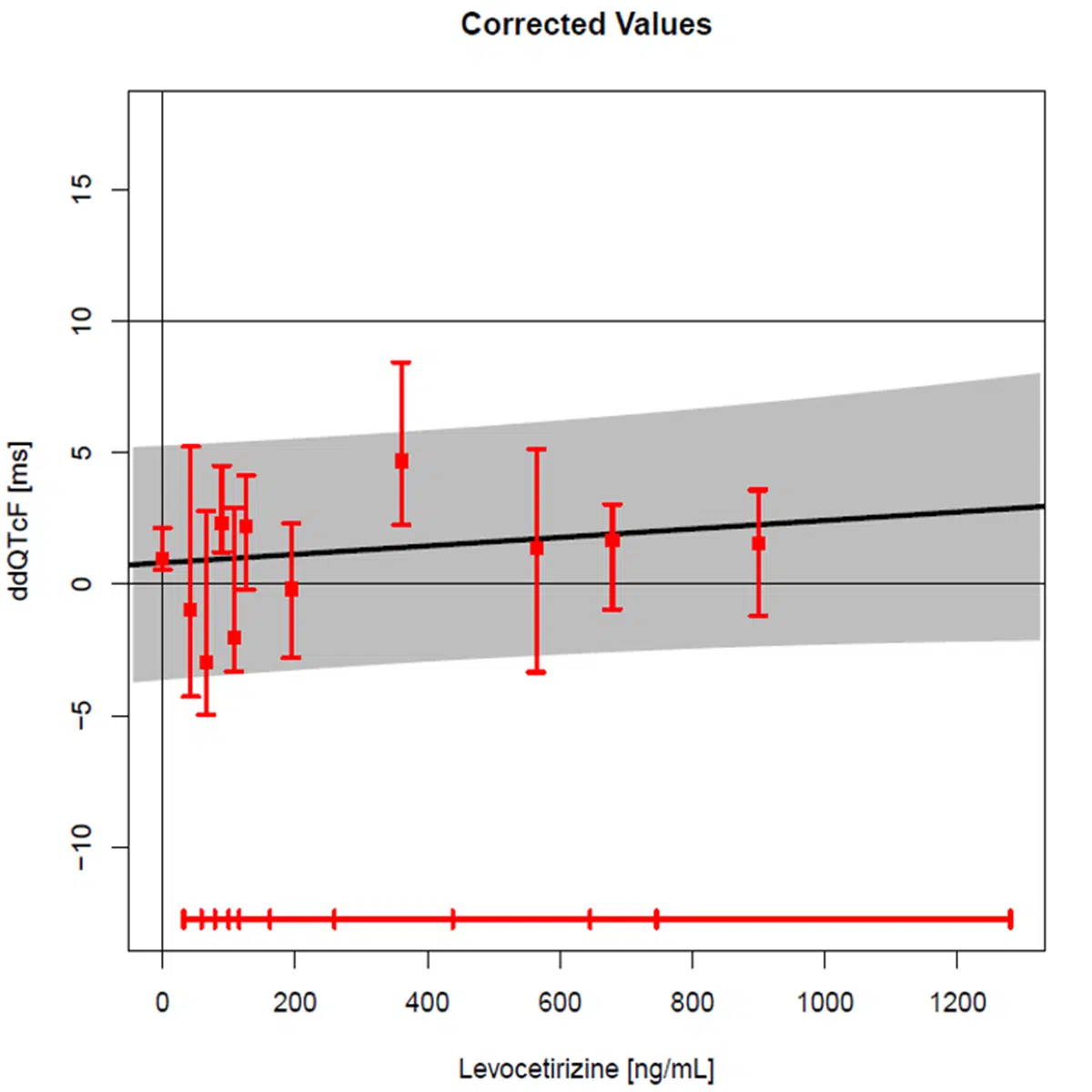A pathway for replacing costly TQT studies
Bolstered by the recently approved S7B/E14 Q&A document, early-stage concentration-QTc analysis is emerging as a standard for assessing cardiac safety.
Borje Darpo, M.D., Ph.D.
Chief Scientific Officer, Cardiac Safety
Clario

As part of the cardiovascular risk assessment, all new drugs must undergo careful testing for potential effects on electrocardiogram (ECG) parameters. Since 2005, this is described in the International Conference for Harmonization (ICH) E14 guidance document that applies to all regions, including the United States, Canada, Europe and Asia. The initial E14 described a designated study, the thorough QT (TQT) study, in which the potential impact of high doses of a new drug on the corrected QT interval (QTc) interval of healthy subjects is evaluated alongside that of a positive control group. This conservative approach arose in the wake of several drug recalls in the 90’s due to pronounced QTc prolongation in susceptible patients.
Recently, this approach has begun to change. Due to the results of a small prospective study sponsored by Clario – the IQ-CSRC study – as well as increased experience by regulators and drug developers, evaluation of potential QTc effect can now be done with concentration-QTc (C-QTc) analysis and without a positive control if sufficiently high concentrations of the drug have been studied (2-fold above what can be seen in patients). This has opened a new, more efficient pathway to evaluating a drug’s potential effect on the QTc interval: via serial ECG recordings combined with pharmacokinetic (PK) sampling in early studies in healthy subjects, such as the First-in-Human (FIH) studies. If such a study can exclude that the drug has a clinically relevant effect on the QTc interval (i.e., is ‘negative’), the results will waive the TQT study. The recently approved S7B/E14 Q&A document further encourages adoption of early-stage C-QTc analysis. If concentrations of the drug exceed what can be seen in patients, but not by 2-fold, a ‘negative’ study can still replace the TQT study, if supported by ‘best practices’ non-clinical assays, i.e., in vitro hERG and non-rodent in vivo studies.
When a small QTc effect should be excluded, the upper bound of the 90% confidence interval (CI) of the predicted effect at high concentrations must be below 10 ms. Even though a drug may not have much of an effect on the QTc interval, data may be variable due to low quality, resulting in wide confidence intervals that may exceed the 10 ms threshold. Variability of the data comes from two main sources: i) how well subjects and experimental conditions are handled at the site conducting the study and ii) the ECG technique. As an example, it is critically important that subjects are supinely resting at time points where ECGs are to be recorded. Furthermore, a highly precise ECG technique results in a narrower CI around the predicted effect. In the graph below, the result from the concentration-QTc analysis on levocetirizine, an antihistamine, in the IQ-CSRC study are shown. In this study, concentration-QTc analysis was performed based on only nine subjects on the active compound and six on placebo, using the ECG technique, EPQT. Despite the low number of subjects, it’s observed that the upper bound of the CI of the predicted QTc effect is below 10 ms, meaning the study was able to demonstrate the lack of an effect – largely due to a highly precise ECG technique.
The effect on the QTc interval is seen as a function of increasing levocetirizine plasma concentrations. Note that the upper bound of the 90% CI (grey-shaded area) around the predicted effect (black line) is below 10 ms throughout the observed range of concentrations.1

Most ECG laboratories today use a Holter device for studies in healthy subjects and then extract 12-lead ECGs from the time points predefined in the study protocol. With a standard ECG technique, three ECGs are recorded at each time point and three beats in each recording are selected to perform interval measurements. In the first step, an underlying computerized algorithm places the measurements points for the ECG intervals on-screen for the selected ECG lead (often lead II). The cardiac technician will adjust the measurements as needed while a cardiologist oversees the process and makes a clinical interpretation. Interval measurements are then averaged across the three beats and three recordings, which means nine beats are measured for each time point and subject.
In contrast, with the EPQT technique, up to 10 recordings are extracted from the continuous ECG recording at each time point. All beats in these recordings are thereafter evaluated in a process using multiple quality criteria, e.g., good signal-to-noise ratio, morphology of the end of T-wave and heart rate stability. All beats in these recordings are then categorized into High Confidence beats or Low Confidence beats. The underlying computer algorithm, iCOMPAS, performs the measurements, which are accepted on all High Confidence beats. Beats that do not fall into this category are reviewed by the technician and cardiologist, but no adjustments are made – these are either accepted or rejected. This means that the measured QTc interval at each time point is based on substantially more beats, often up to 100 instead of nine, using one consolidated measurement technique.
EPQT results in higher precision, therefore increasing the likelihood of excluding small effects on the QTc interval. The graph below shows the results from seven TQT studies performed in healthy subjects at the same sites by Novartis. Four of these studies were performed using a standard ECG technique (red lines) and 3 with EPQT (black lines). As seen in the graph, EPQT roughly halved the variance at all post-dose time points, meaning that EPQT was much more precise than the standard ECG technique.
The variance across post-dosing time points from seven TQT studies. Regardless of study design (cross-over in upper panels or parallel in lower panels) or comparison (active vs. placebo in right panels, moxifloxacin vs. placebo in left), EPQT halved the variance, i.e., was substantially more precise.
Figure 1 in Meiser K, et al. Comparing QT interval variability of semiautomated and high-precision ECG methodologies in seven thorough QT studies — implications for the power of studies intended for definitive evaluation of a drug’s QT effect.2

In FIH studies, dose groups are small, typically with six subjects on active and two on placebo. Often sufficiently high concentrations are achieved in these studies, and they therefore represent an excellent opportunity to replace the TQT study, provided that the ECG procedures are planned prospectively, and ECGs are collected in combination with PK sampling. Since 12-lead ECGs are recorded using a continuous Holter recording, waveforms can be stored and a decision to analyze can be made at a stage when the fate of the project is better known, e.g., after proof-of-concept.
In summary, implementing EPQT into the design of early clinical studies in healthy subjects represents an efficient and cost-effective approach, providing an excellent opportunity to replace the TQT study.
Learn more about the EPQT technique and how it can accelerate your study.